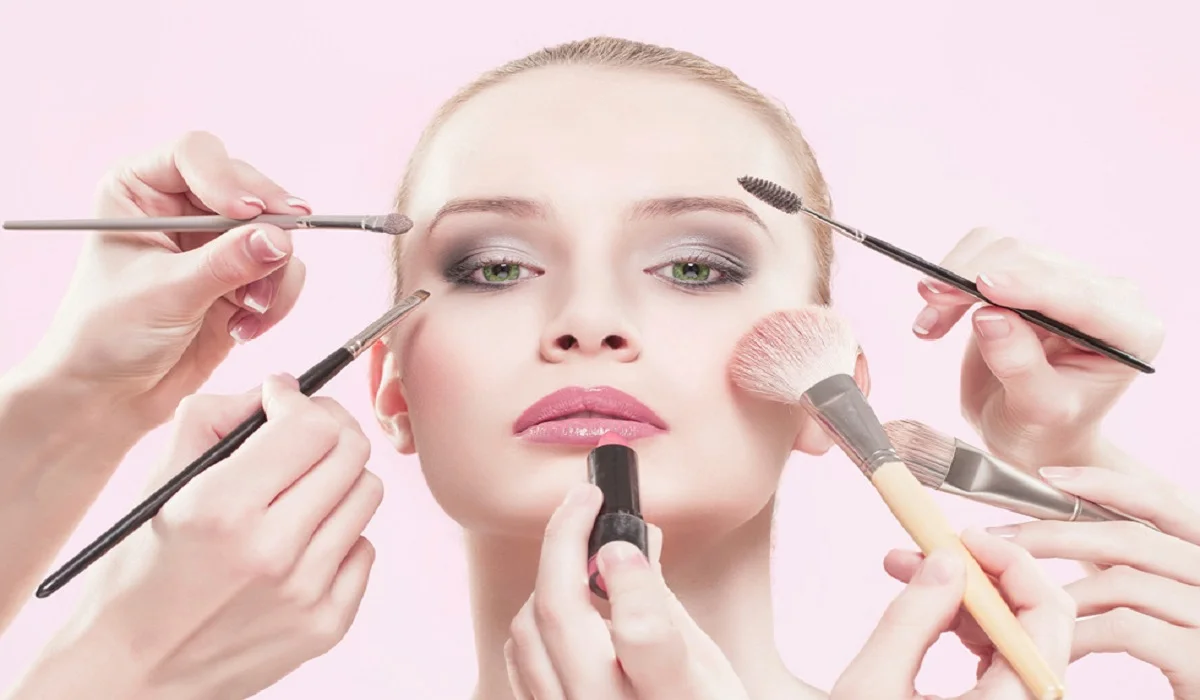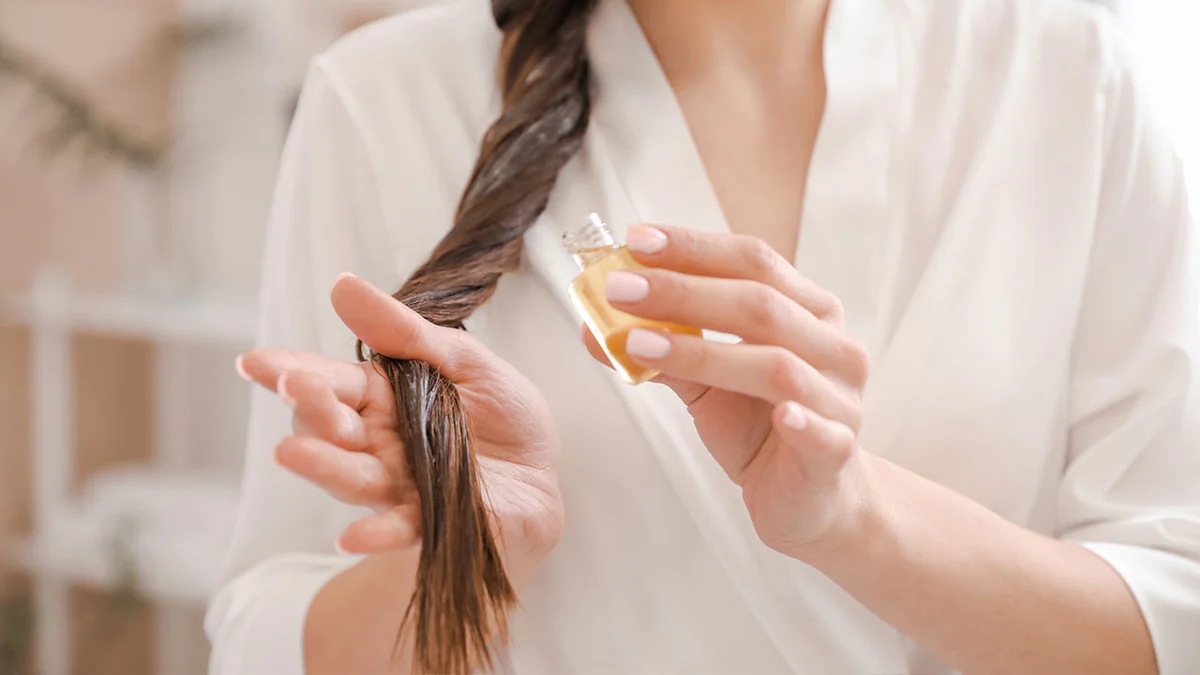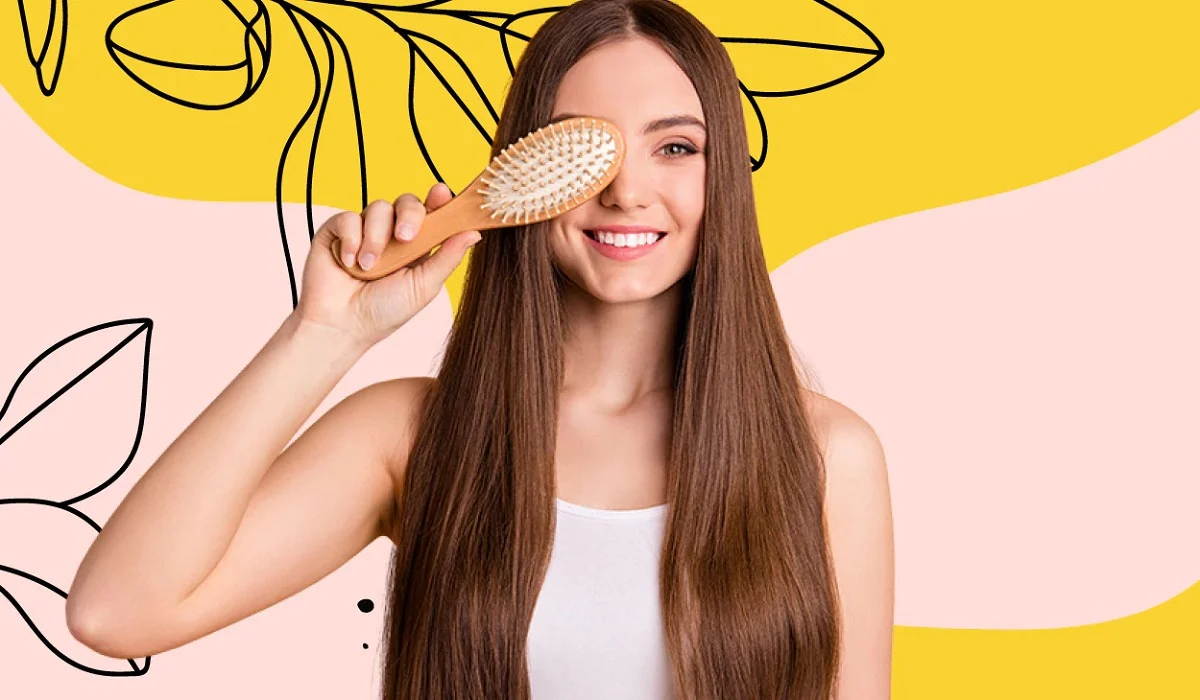
Applying makeup can be a fun and creative process, but it can also be frustrating when your eyes start to water and ruin your hard work. Watery eyes can be caused by a variety of factors, including allergies, dryness, and even emotional reactions. Whatever the cause may be, there are several tips and tricks you can use to prevent your eyes from watering while applying makeup.
Start with Clean, Moisturized Skin
Before you even begin applying makeup, make sure your skin is clean and moisturized. Dry skin can cause irritation and lead to watery eyes, so it’s important to hydrate your skin with a moisturizer that is suitable for your skin type. Avoid moisturizers that contain fragrances or other irritants that could trigger your eyes to water.
Use Allergy-Tested Products
If you have sensitive skin or allergies, it’s important to use makeup and skincare products that are labeled as allergy-tested. These products have been formulated to be less irritating and are less likely to cause an allergic reaction. Additionally, avoid using any products that you know you are allergic to or have caused irritation in the past.
Avoid Applying Makeup Too Close to Your Eyes
One of the main causes of watery eyes while applying makeup is getting product too close to your eyes. Avoid applying eyeliner, mascara, and eyeshadow too close to your lash line or inner corner of your eyes. Instead, keep the products on the outer part of your eyelid and use a smaller brush to apply product closer to your lash line if necessary.
Choose Non-Irritating Products
When choosing makeup products, opt for those that are labeled as hypoallergenic or non-irritating. These products are formulated with ingredients that are less likely to cause irritation and are generally safer for sensitive eyes. Look for products that are free of fragrances, sulfates, and parabens.
Use Eye Drops
If your eyes tend to get dry or itchy while applying makeup, use eye drops to lubricate and refresh your eyes. Choose drops that are specifically formulated for dry eyes and avoid those that contain redness reducers or other additives that could further irritate your eyes.

Avoid Waterproof Products
While waterproof makeup can be great for special occasions or long days, it can also be more difficult to remove and can cause irritation to your eyes. Avoid using waterproof products on a daily basis and opt for regular formulas that are easier to remove and less likely to cause irritation.
Take Breaks
If you feel your eyes starting to water while applying makeup, take a break and let your eyes rest for a few minutes. You can close your eyes or look away from the mirror for a bit to give your eyes a break from the products. This can also help to reduce eye strain and prevent further irritation.
Use a Light Hand
When applying makeup, use a light hand and avoid pressing or pulling on your eyelids. This can irritate your eyes and cause them to water. Instead, gently apply product and use a soft touch to prevent irritation.
Clean Your Brushes and Tools
Dirty brushes and tools can harbor bacteria and other irritants that can cause your eyes to water. Make sure to clean your brushes and tools regularly with a gentle cleanser to keep them free of dirt and bacteria.
Visit a Doctor
If your eyes continue to water and become irritated even after following these tips, it may be time to visit an eye doctor. They can help determine the cause of your watery eyes and recommend treatments to help alleviate the problem.
In conclusion, watery eyes can be a frustrating issue while applying makeup, but there are several tips and tricks you can use to prevent this from happening. Starting with clean, moisturized skin and using allergy-tested and non-irritating products can help reduce the risk of irritation and watery eyes. Avoid applying makeup too close to your eyes and choose regular formulas instead of waterproof ones, as they are less likely to cause irritation. Eye drops can also help lubricate and refresh your eyes, while taking breaks and using a light hand can help prevent further irritation. It’s also important to keep your brushes and tools clean to avoid any bacteria buildup.
If your eyes continue to water and become irritated despite these efforts, it’s important to consult with an eye doctor. They can help identify the underlying cause of your watery eyes and recommend appropriate treatments to alleviate the problem.
In addition to these tips, it’s important to remember that everyone’s skin and eyes are unique, and what works for one person may not work for another. Pay attention to your body and how it reacts to different products and techniques, and don’t be afraid to experiment until you find what works best for you. With a little patience and experimentation, you can achieve a flawless makeup look without the frustration of watery eyes.








